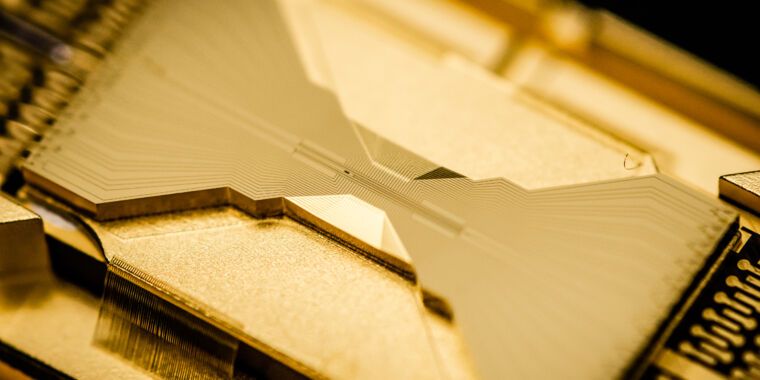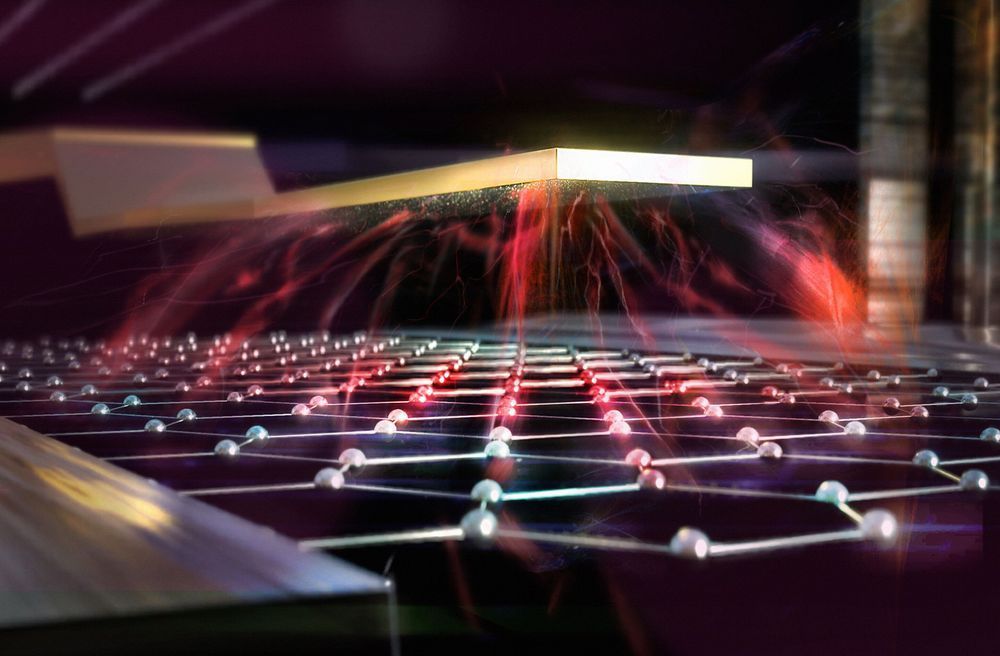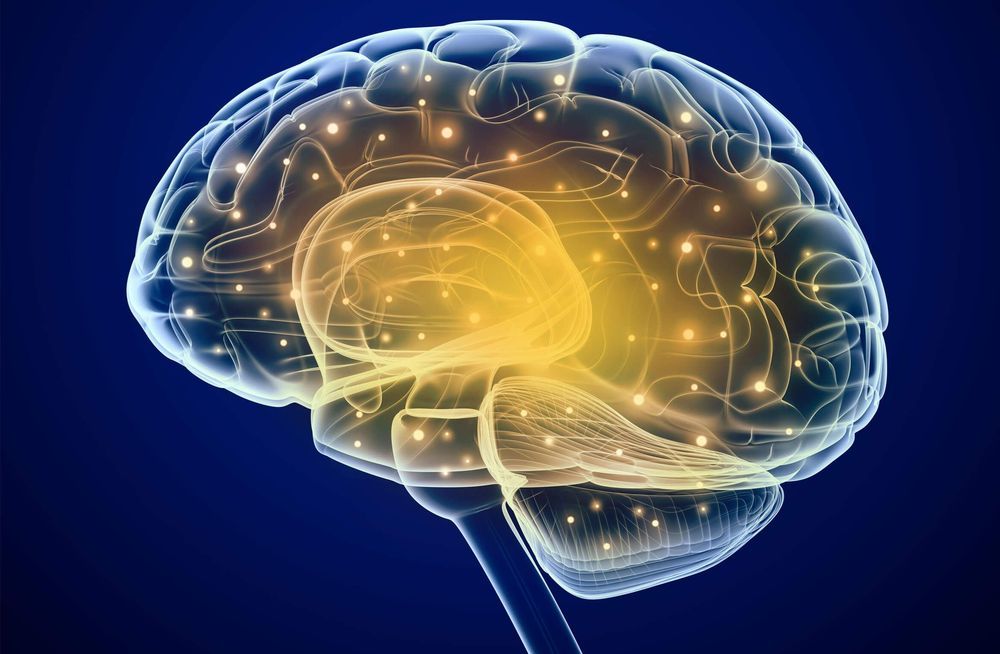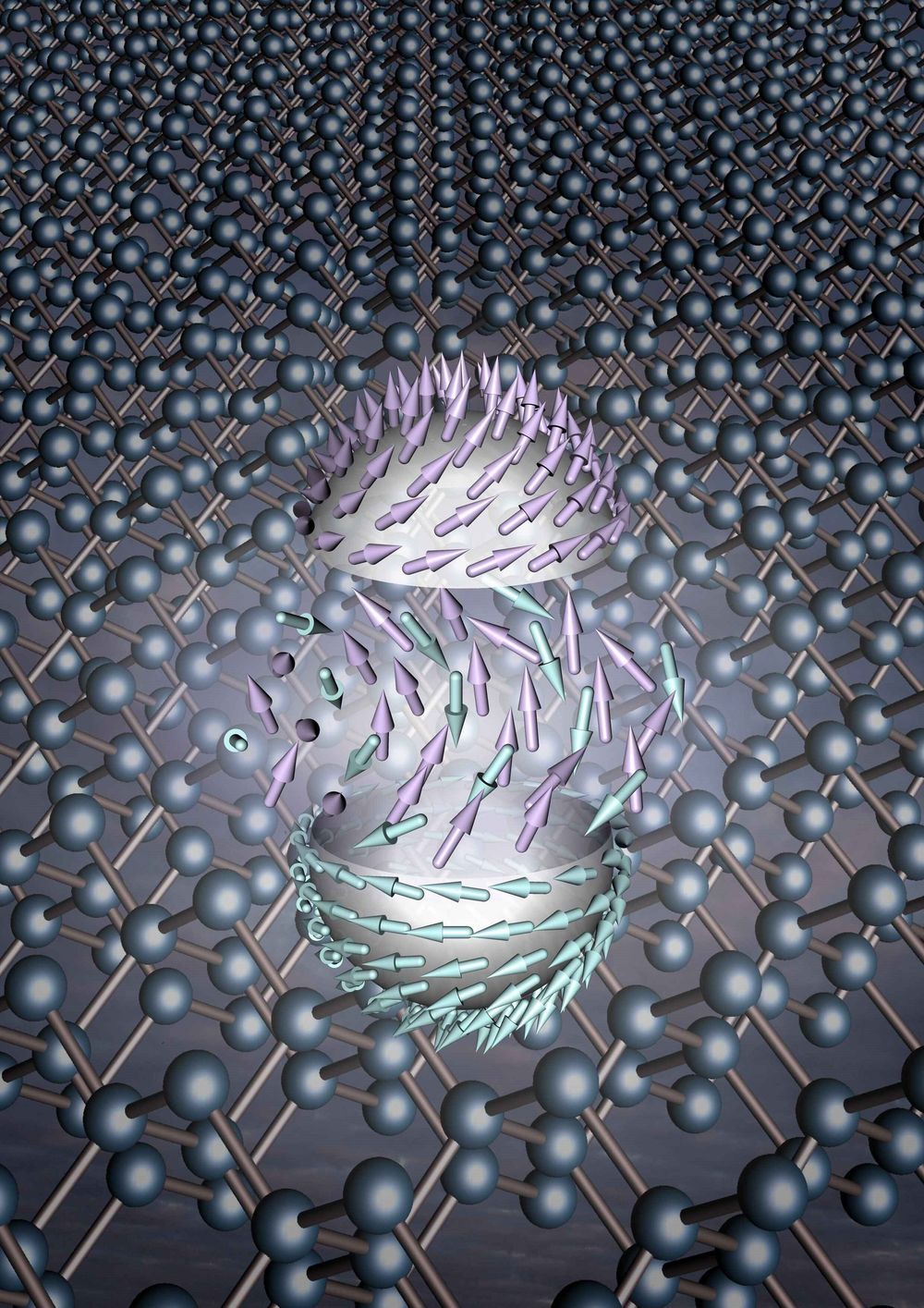Fewer qubits but higher fidelity, and a promise of rapid advances.



Physicists at Aalto University and VTT Technical Research Center of Finland have developed a new detector for measuring energy quanta at unprecedented resolution. This discovery could help bring quantum computing out of the laboratory and into real-world applications. The results have been published today in Nature.
The type of detector the team works on is called a bolometer, which measures the energy of incoming radiation by measuring how much it heats up the detector. Professor Mikko Möttönen’s Quantum Computing and Devices group at Aalto has been developing their expertise in bolometers for quantum computing over the past decade, and have now developed a device that can match current state-of-the-art detectors used in quantum computers.
“It is amazing how we have been able to improve the specs of our bolometer year after year, and now we embark on an exciting journey into the world of quantum devices,” says Möttönen.

Quantum computers, which harness the strange probabilities of quantum mechanics, may prove revolutionary. They have the potential to achieve an exponential speedup over their classical counterparts, at least when it comes to solving some problems. But for now, these computers are still in their infancy, useful for only a few applications, just as the first digital computers were in the 1940s. So isn’t a book about the communications network that will link quantum computers — the quantum internet — more than a little ahead of itself?
Surprisingly, no. As theoretical physicist Jonathan Dowling makes clear in Schrödinger’s Web, early versions of the quantum internet are here already — for example, quantum communication has been taking place between Beijing and Shanghai via fiber-optic cables since 2016 — and more are coming fast. So now is the perfect time to read up.
Dowling, who helped found the U.S. government’s quantum computing program in the 1990s, is the perfect guide. Armed with a seemingly endless supply of outrageous anecdotes, memorable analogies, puns and quips, he makes the thorny theoretical details of the quantum internet both entertaining and accessible.
Readers wanting to dive right in to details of the quantum internet will have to be patient. “Photons are the particles that will power the quantum internet, so we had better be sure we know what the heck they are,” Dowling writes. Accordingly, the first third of the book is a historical overview of light, from Newton’s 17th century idea of light as “corpuscles” to experiments probing the quantum reality of photons, or particles of light, in the late 20th century. There are some small historical inaccuracies — the section on the Danish physicist Hans Christian Ørsted repeats an apocryphal tale about his “serendipitous” discovery of the link between electricity and magnetism — and the footnotes rely too much on Wikipedia. But Dowling accomplishes what he sets out to do: Help readers develop an understanding of the quantum nature of light.
For an entertaining overview of the physics and technological advances paving the way for the quantum internet, read ‘Schrödinger’s Web.’
D-Wave today launched its next-generation quantum computing platform available via its Leap quantum cloud service. The company calls Advantage “the first quantum computer built for business.” In that vein, D-Wave today also debuted Launch, a jump-start program for businesses that want to begin building hybrid quantum applications.
“The Advantage quantum computer is the first quantum computer designed and developed from the ground up to support business applications,” D-Wave CEO Alan Baratz told VentureBeat. “We engineered it to be able to deal with large, complex commercial applications and to be able to support the running of those applications in production environments. There is no other quantum computer anywhere in the world that can solve problems at the scale and complexity that this quantum computer can solve problems. It really is the only one that you can run real business applications on. The other quantum computers are primarily prototypes. You can do experimentation, run small proofs of concept, but none of them can support applications at the scale that we can.”
D-Wave Systems’ Leap 2 is a quantum cloud service to help businesses and developers build and deploy quantum computing applications.
D-Wave has launched next-gen quantum computing platform Advantage, and Launch, a service to help businesses build hybrid quantum applications.

ESA’s 2020 Φ-week event kicked off this morning with a series of stimulating speeches on Digital Twin Earth, updates on Φ-sat-1, which was successfully launched into orbit earlier this month, and an exciting new initiative involving quantum computing. Digital Twin Earth The third edition of the…
It seems we can’t find what you’re looking for. Perhaps searching can help.

#DigitalTheology #TheologyofDigitalPhysics #PhenomenalConsciousness #CosmicSelf #HolographicPrinciple #DigitalPhysics #theology #pantheism #consciousness
Since we live in a world which isn’t random, but organized at every level, a role for consciousness seems unavoidable. The ‘digital theologian’ shows us compelling evidence from quantum mechanics, mathematics and computer sciences, which not only aligns with a philosophical worldview of the Primacy of Consciousness, but which also assigns a role to information as its modus operandi.
It is quantum mechanics which appears to connect the Universe as a whole to consciousness. A whole, which is more than the sum of its parts and irreducible to mere assumptions deriving from the anatomizing dissection into mental confabulations. Drawing from the holographic principle, perceptroniums and noocentrism, Alex provides crucial keys to unlock the mystery of consciousness to show us how our local consciousness can arise from a non-local cosmic consciousness network.
Carefully building his fortress of arguments, Alex gathers his building bricks from various areas of scientific exploration, ranging from the role of language and tools in the development of our consciousness, the physics of time and epigenetics. Traditional Darwinism and reductive materialism become so challenged, that we become bound to agree with Terence McKenna’s statement that “object fetishism is completely bankrupt.” All these threads are then skillfully woven into the irresistible attractor and only logical conclusion, or Digital Pantheism and Omega Point Cosmology. And with this thus synthesized Apotheosis, Vikoulov brings the architecture of his chef-d’oeuvre to full fruition.


A recent international scientific study published in the journal PLOS ONE has shown that the way the brain stores temporary information is different depending on the use one might give to that information in the future.
The research analysed the brain activity of 14 participants through functional magnetic resonance imaging while they were performing simple visual memory tasks on a computer screen. Differences in their brain activity patterns were found between participants who had to answer by communicating verbally or by pressing a button.
The memory that is under study is designated “working memory” and is used at all times. It is the type of memory that allows us to memorise a phone number or a license plate and use that information after (or not). This information is used and processed and, if it proves to be important, stored in the long-term memory.

Nanoscale vortices known as skyrmions can be created in many magnetic materials. For the first time, researchers at PSI have managed to create and identify antiferromagnetic skyrmions with a unique property: critical elements inside them are arranged in opposing directions. Scientists have succeeded in visualizing this phenomenon using neutron scattering. Their discovery is a major step towards developing potential new applications, such as more efficient computers. The results of the research are published today in the journal Nature.
Whether a material is magnetic depends on the spins of its atoms. The best way to think of spins is as minute bar magnets. In a crystal structure where the atoms have fixed positions in a lattice, these spins can be arranged in criss-cross fashion or aligned all in parallel like the spears of a Roman legion, depending on the individual material and its state.
Under certain conditions it is possible to generate tiny vortices within the corps of spins. These are known as skyrmions. Scientists are particularly interested in skyrmions as a key component in future technologies, such as more efficient data storage and transfer. For example, they could be used as memory bits: a skyrmion could represent the digital one, and its absence a digital zero. As skyrmions are significantly smaller than the bits used in conventional storage media, data density is much higher and potentially also more energy efficient, while read and write operations would be faster as well. Skyrmions could therefore be useful both in classical data processing and in cutting-edge quantum computing.